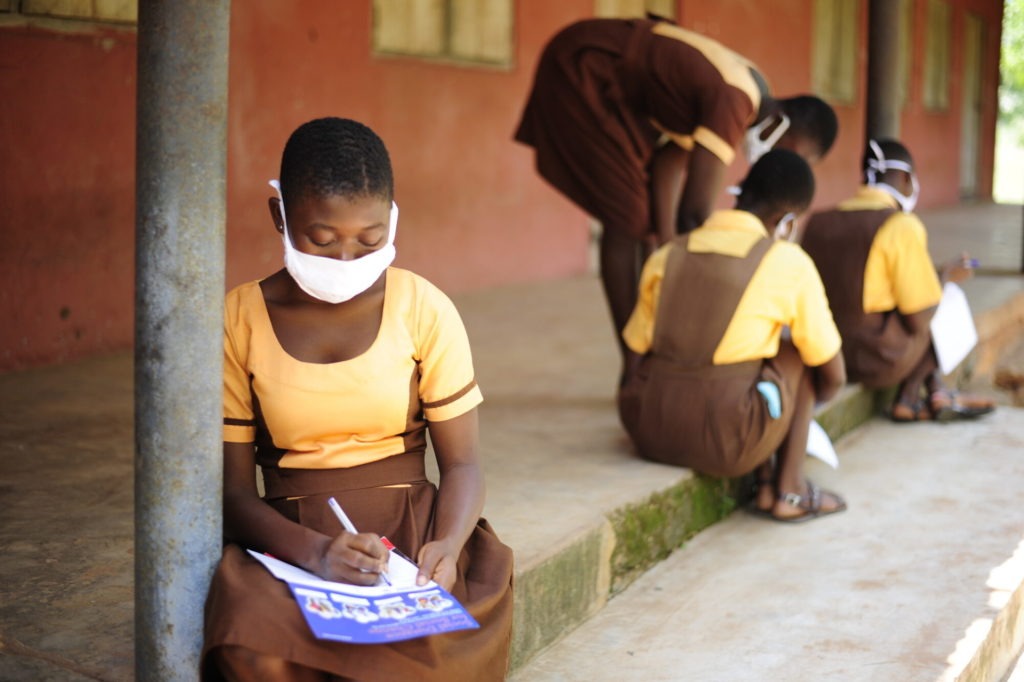We’ve all seen the heartbreaking images from India of people unable to access adequate oxygen in hospitals, and the makeshift funeral pyres burning beside roads as people search for a way to bury their relatives.
Sadly, this deadly new chapter of the COVID crisis is now spreading to neighbouring countries in our region – with over 1.6 million people in Indonesia already infected and those numbers growing daily.
We are facing a humanitarian crisis of apocalyptic proportions right on Australia’s doorstep. This is an unprecedented health crisis that demands Australia shows solidarity by doing what we can as a rich country to help those in our region in their hour of most urgent need,
As our closest neighbours battle to keep COVID-19 from claiming millions of lives and spreading across borders in Asia and the Pacific, Australia must now pull out all stops to step forward and stop the region from collapsing under the health, economic and social pressures.
With the Australian Federal budget being handed down tonight, a report Halting Lives 2 released today by Plan International, shines a light on the urgent need to prioritise spending on girls’ education as part of the Government’s international COVID-19 response and recovery efforts.
The new research, carried out in 14 countries, finds that girls and young women around the world see education as the area of their life which has been most profoundly affected by the COVID-19 pandemic.
With widening lockdowns and an unprecedented health crisis, more and more children, especially girls in the region are facing severe disruption to their education. According to a recent survey, 52.1 percent of families in Papua New Guinea reduced the number of children they kept in school due to rising household financial pressures.
UNICEF estimates that approximately one in seven girls globally – 222 girls in total – were unable to access remote learning programs when schools were closed due to COVID-19. It is projected that another 24 million children will drop out of school because of the impacts of COVID-19 – driving more families into poverty in the long term.
COVID has had devastating impacts on girls’ education in particular, unwinding decades of progress that had been made in strengthening education systems, increasing school enrollments and improving learning outcomes towards achieving gender parity.
What we know from our research is that Investment in girls’ education globally is one of the single, most powerful interventions the Government can make to drive the COVID-19 response and recovery efforts in the Indo Pacific region.
There is an urgent need to address this breakdown. Australia’s aid and development program has invested in education programs in the Asia-Pacific region over many years – with significant success in countries like Indonesia and Vietnam. However, these gains are now under threat and require decisive leadership and commitment from Australia.
Despite having been committed to assisting this region through the Global Partnership for Education (GPE) and Australia’s Partnerships for Recovery program, our national financial support to GPE has decreased from $278 million over four years in 2011 – 2014 to just $90 million over three years in 2018 – 2020.
On average, leading donor countries committed $98m per year from 2018 to 2020, however Australia’s commitment was only $30m a year, falling far short of other donors such as the UK, US, France and Germany.
The timing for this decrease in support to our nearest regional neighbours couldn’t be worse. But there are ample opportunities in Australia’s aid budget to ensure that children, especially girls, can continue their education despite the significant disruption that COVID-19 continues to play.
Now is the time for Australia to use the upcoming federal budget to redouble its efforts as champions of girls’ education by increasing its commitment to the Global Partnership for Education to $70m per year as well as prioritising girls’ access to secondary education as part of our COVID-19 response and recovery plan in the region.
Education has the ability to lift children, their families and communities out of poverty, while addressing the gender gap. With a predicted 38 million people predicted to fall below the poverty line in the Asia Pacific region alone owing to COVID-19, education is the best investment we as a nation can make to empower children, youth and adults and break the cycle of poverty.


